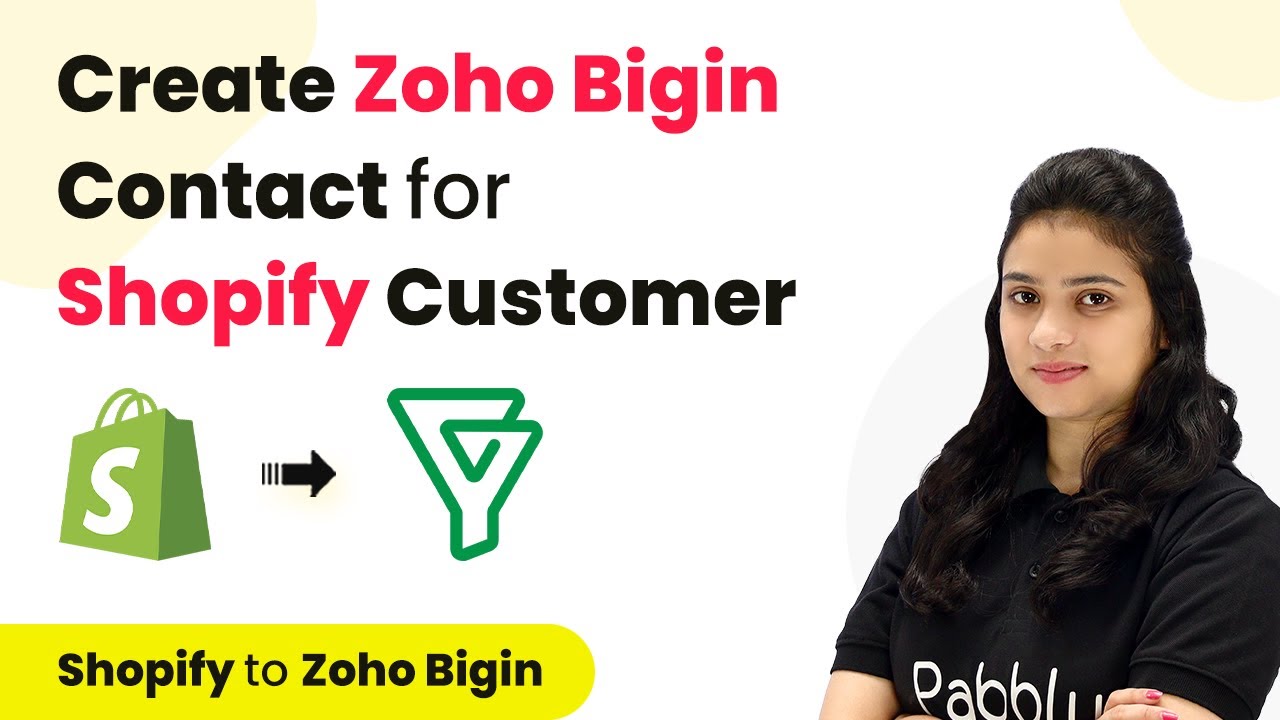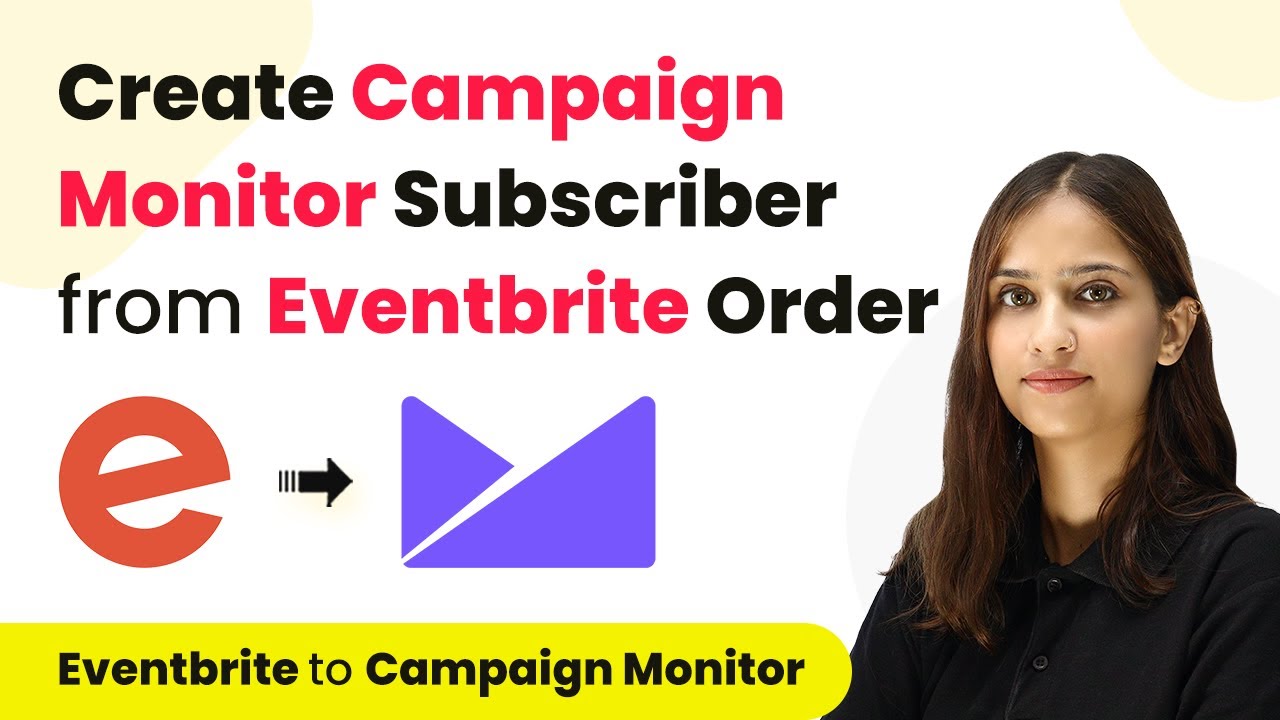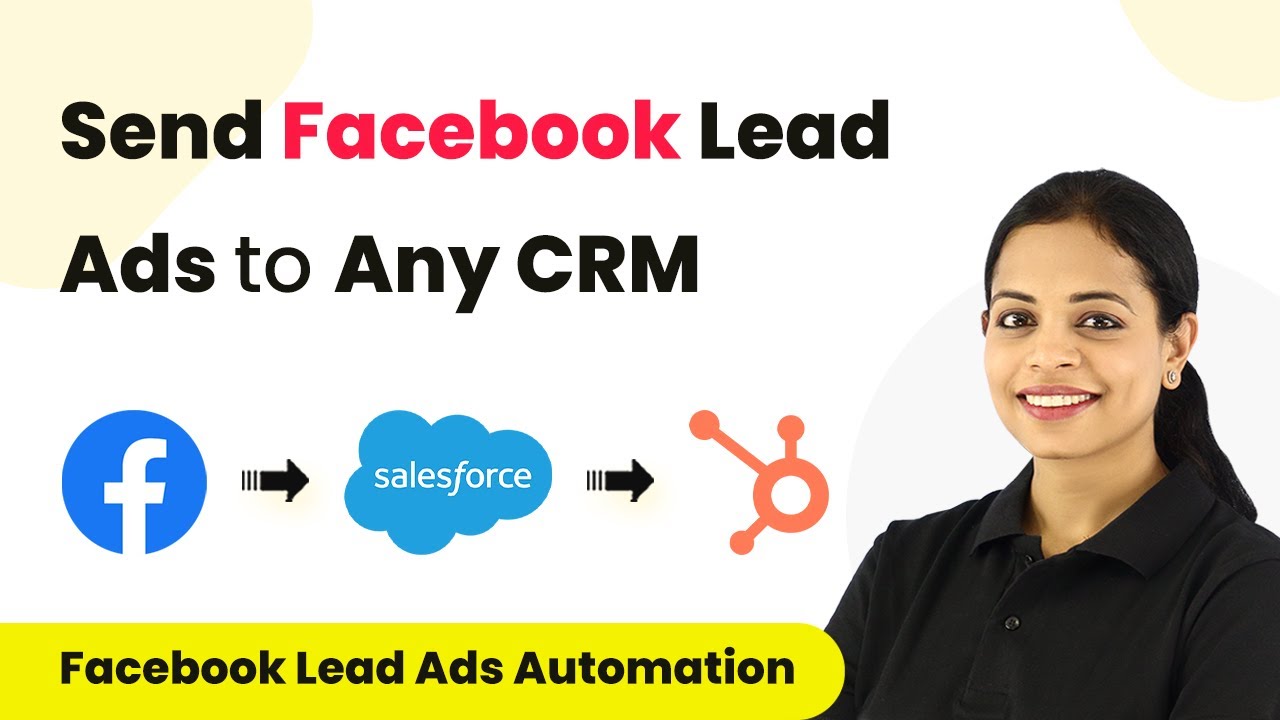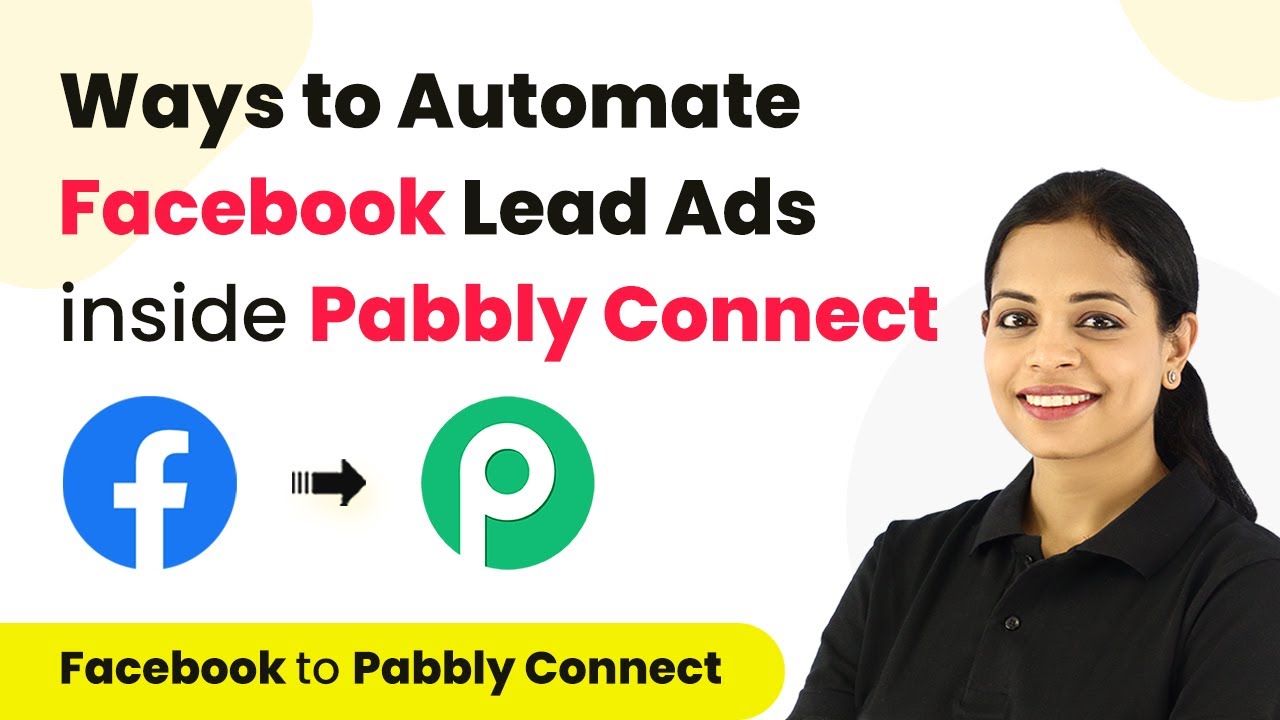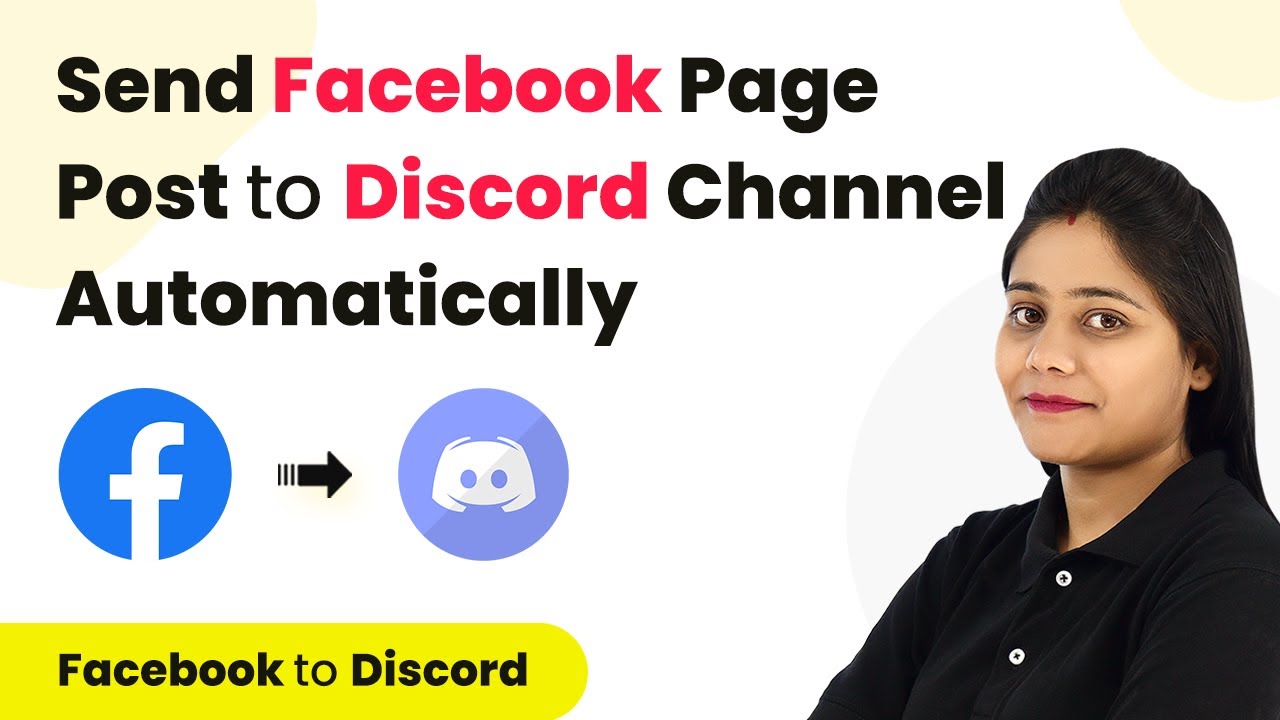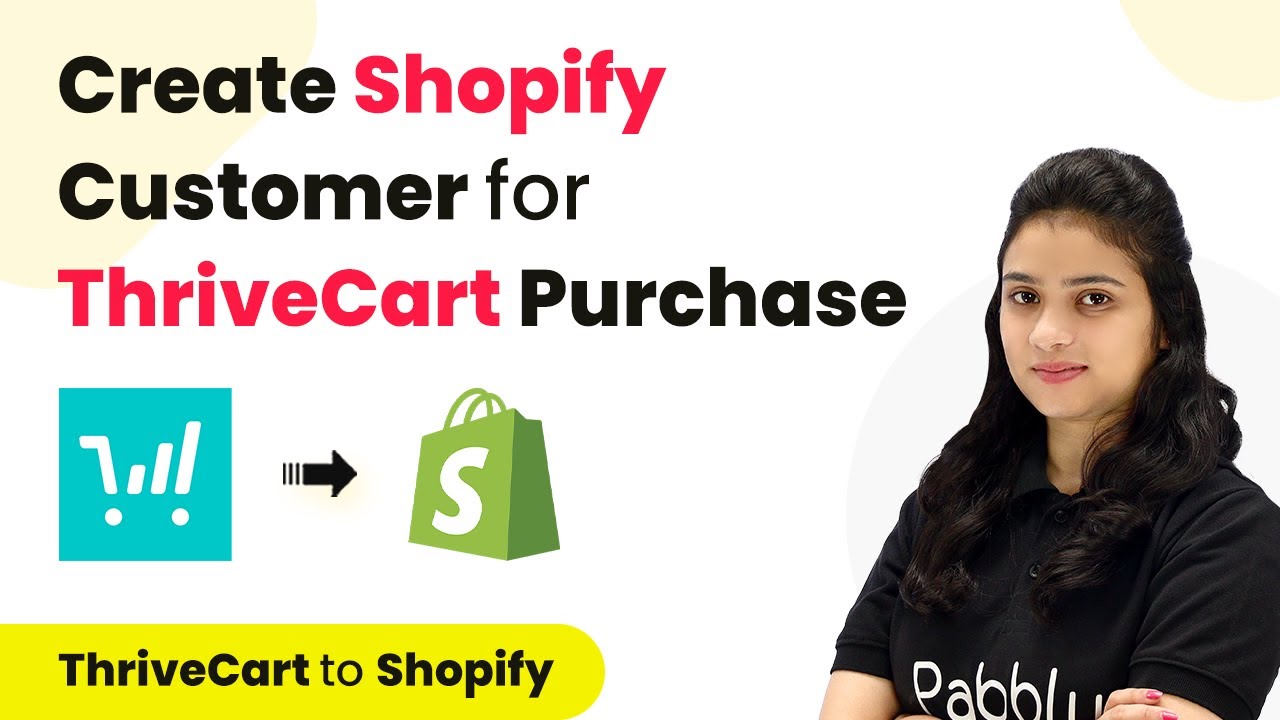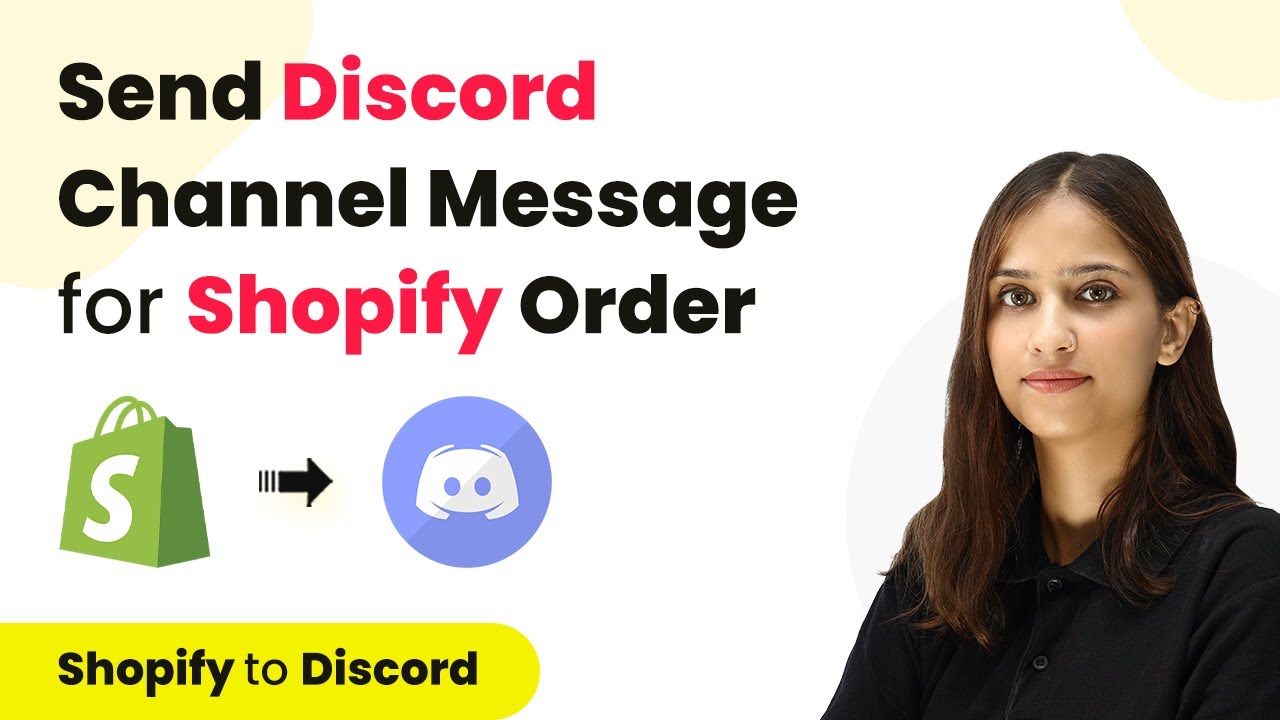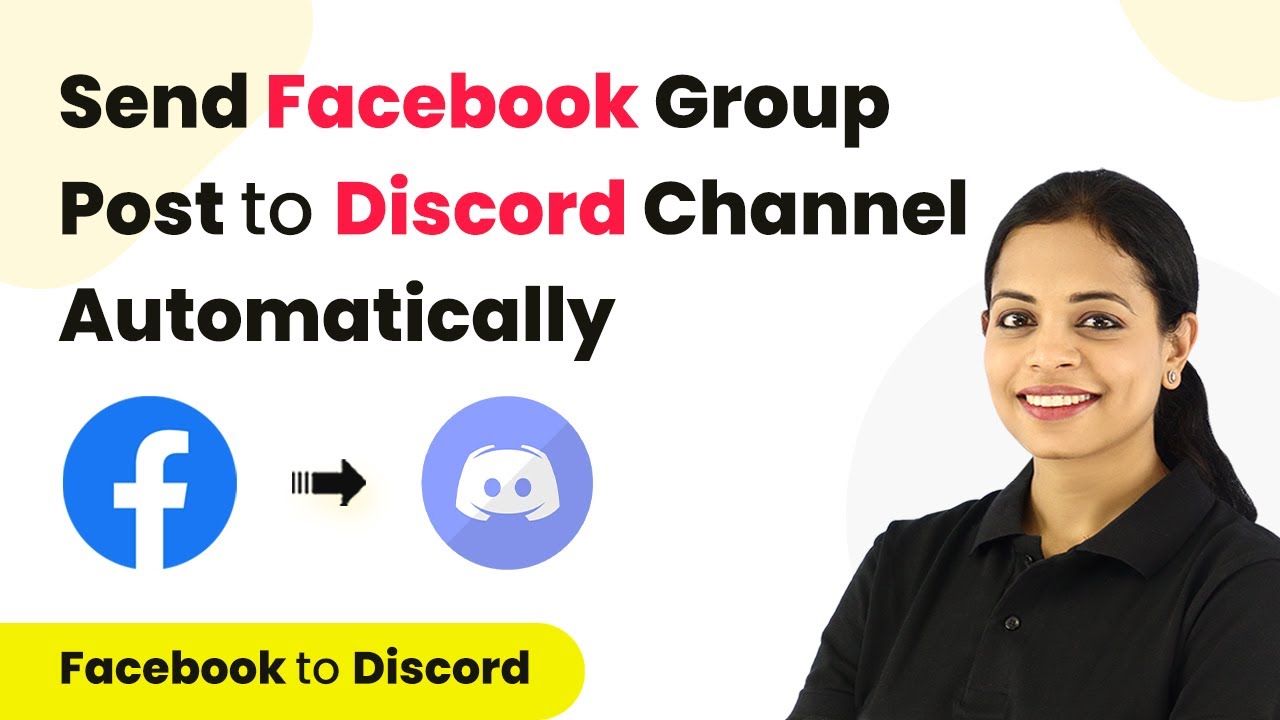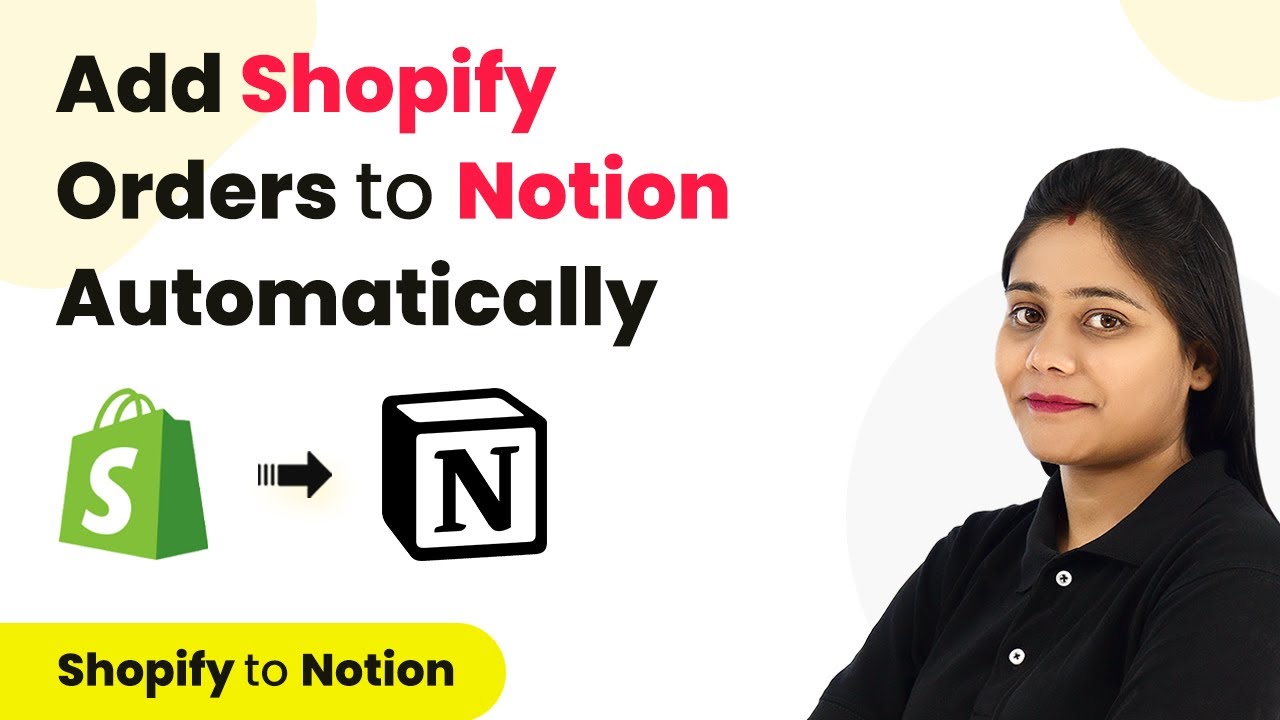Learn how to integrate Shopify with Zoho Bigin using Pabbly Connect to automate contact creation for new customers. Follow this step-by-step tutorial. Explore efficient methods for automating routine tasks with clear, concise instructions suited for both newcomers and experienced professionals.
Watch Step By Step Video Tutorial Below
1. Accessing Pabbly Connect for Integration
To create Zoho Bigin contacts for Shopify customers, you first need to access Pabbly Connect. Start by visiting the Pabbly website and logging into your account. If you are new, sign up for a free account, which gives you access to 100 free tasks.
Once logged in, navigate to the ‘All Apps’ section and select Pabbly Connect. This is the platform that will facilitate the integration between Shopify and Zoho Bigin, allowing for seamless automation of contact creation.
2. Creating a Workflow in Pabbly Connect
To initiate the integration, click on the ‘Create Workflow’ button on the dashboard. Name your workflow something descriptive, like ‘Create Zoho Bigin Contacts for Shopify Customers’. This will help you identify the workflow later.
- Click on ‘Create’ to proceed.
- Select Shopify as your trigger application.
- Choose ‘New Customer’ as the trigger event.
By selecting Shopify as the trigger, you are setting up the workflow to activate whenever a new customer is added. This is where Pabbly Connect starts monitoring your Shopify account for new customer entries.
3. Setting Up the Webhook in Shopify
After selecting the trigger, Pabbly Connect will provide you with a webhook URL. Copy this URL as it will be used in your Shopify settings. Go to your Shopify dashboard, navigate to ‘Settings’, and then ‘Notifications’.
- Scroll down to the Webhooks section.
- Click on ‘Create Webhook’.
- Select ‘Customer Creation’ as the event type.
- Set the format to JSON and paste the copied webhook URL.
By doing this, you ensure that each time a new customer is created in Shopify, the data will be sent to Pabbly Connect, triggering the next steps in your workflow.
4. Testing the Integration
With the webhook set up, it’s time to test the integration. Go back to your Shopify account and add a new customer using the ‘Add Customer’ button. Fill in the necessary details like name, email, and phone number.
After saving the new customer, return to Pabbly Connect. You should see a response indicating that the new customer data has been captured successfully. This confirms that Pabbly Connect is receiving data from Shopify correctly.
5. Creating a Zoho Bigin Contact
Now that you have confirmed the webhook works, you can set up the action step in Pabbly Connect. Choose Zoho Bigin as your action application and select ‘Create Contact’ as the action event.
Connect your Zoho Bigin account by entering your domain. Map the customer details received from Shopify to the corresponding fields in Zoho Bigin. Click on ‘Save and Send Test Request’ to create the contact.
Once you receive a success response, check your Zoho Bigin account to see if the new contact has been created successfully. This finalizes the integration process, allowing you to automate contact creation for new Shopify customers using Pabbly Connect.
Conclusion
In this tutorial, we demonstrated how to use Pabbly Connect to automate the creation of Zoho Bigin contacts for new Shopify customers. By following the steps outlined, you can streamline your customer management process efficiently.
Ensure you check out Pabbly Connect to create business automation workflows and reduce manual tasks. Pabbly Connect currently offer integration with 2,000+ applications.
- Check out Pabbly Connect – Automate your business workflows effortlessly!
- Sign Up Free – Start your journey with ease!
- 10,000+ Video Tutorials – Learn step by step!
- Join Pabbly Facebook Group – Connect with 21,000+ like minded people!
